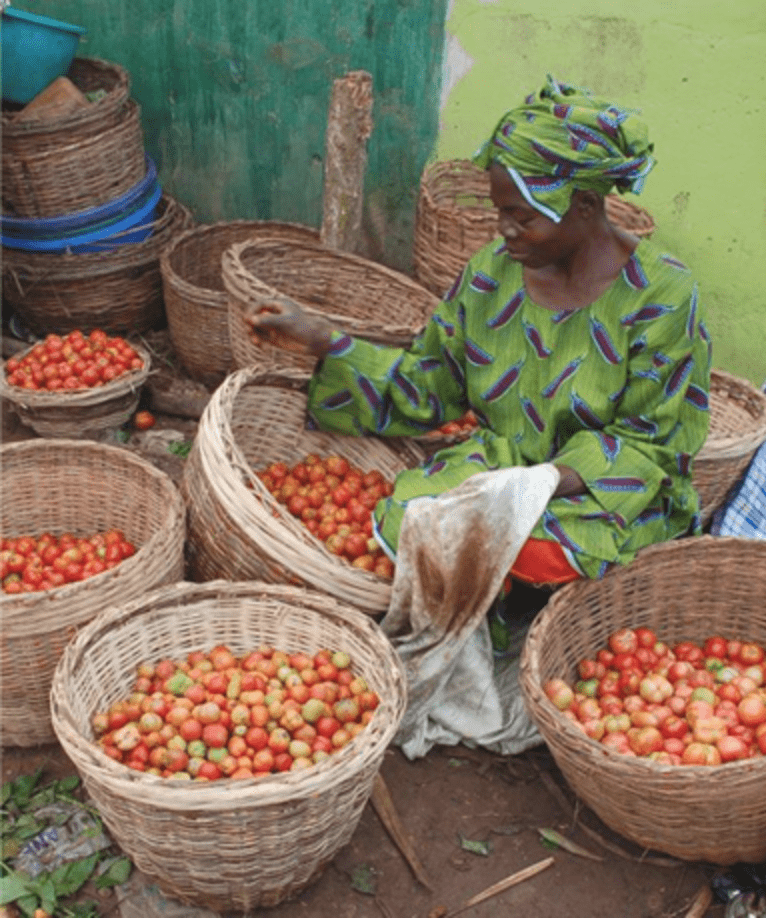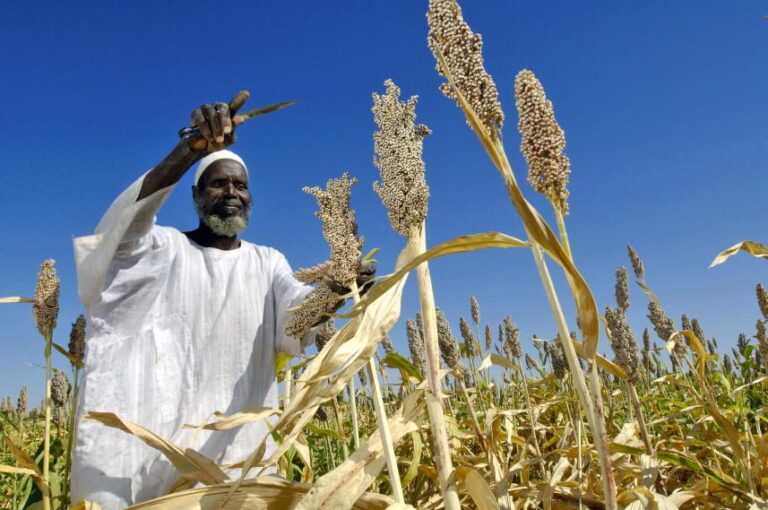Fighting Food Loss begins with Coordination and Collaboration
This post was originally featured on Securenutrition.org written by Chase Keenan and Renee Vuillaume for the Global Alliance for Improved Nutrition, GKI’s partner in the Postharvest Loss Alliance for Nutrition Network (PLAN)
Recent studies in Nigeria estimate that if we could reduce food loss and waste of a single crop—tomatoes—by 25% we could improve the diets of nearly one and a half million children by providing them with the required daily dose of Vitamin A. These aren’t additional tomatoes that need to be grown, these are grown tomatoes that don’t get eaten. In a country where upwards of 30% of all children are Vitamin A deficient, this seemingly simple solution of ensuring the food that farmers grow gets eaten could make a huge difference.

But we know it isn’t that simple. Addressing postharvest loss of nutritious foods is complicated. Changes must occur at the intersection of agriculture, transportation, energy, environment, policy, trade, and public health, among other sectors. While challenging, this reveals a critical piece of the solution: collaboration among disparate fields and connection between businesses and the knowledge and resources they need to reduce losses in their operations.
To this end, the Global Alliance for Improved Nutrition (GAIN) created the Postharvest Loss Alliance for Nutrition (PLAN), which seeks to (1) coordinate measurable actions to reduce losses in perishable and nutritious food supply chains, and (2) increase access to these foods for vulnerable populations.
Launching the Network
In partnership with the Global Knowledge Initiative (GKI), we launched the PLAN Network in May 2017, hosting an event that brought together agribusiness, finance and investing, government, and social sector actors from Nigeria and the United States. Together, they began laying the foundation for their common objective: connect agriculture businesses in low-resource countries to the information they need to improve their operations, reduce losses in their supply chains, and ultimately bring more nutritious foods to market.
During the launch, PLAN members imagined what the network could accomplish, and zeroed in on several key roles that their network could play:
- Serve as an advisory service for NGOs operating on the ground;
- Inform public investments that will support post-harvest loss reduction efforts, such as infrastructure, product development and open-source data repositories;
- Strengthen collaboration between the private sector and government by acting as a bridge between the two to inform policy, standards and regulation;
- Create an accessible ecosystem of different types of knowledge and expertise that will increase capacity and de-risk investment in agribusinesses working with nutritious foods; and,
- Connect financial institutions to a pipeline of investable businesses that will reduce the loss and waste of nutritious food

What’s Next
Over the next few months, PLAN will organize activities that foster relationship building, knowledge-sharing, and collaboration across members. And that is just the beginning—even as we launched the Network alongside members from Nigeria and the United States, it was expanding to include Indonesia thanks to support from the Dutch government.
As PLAN continues to grow, it will bring more knowledge, resources, and members into the fold, improving the ability of businesses to access the expertise they need to reduce losses in their work. Together, we can bring more fresh nutritious foods to market.
Have other ideas? If you have something you’d like to share—knowledge, advice, or otherwise—with PLAN, we’d love to hear from you! Please email Teale Yalch, GAIN Senior Associate at tyalch@gainhealth.org
Photo: Tomato sale at local market taken by the International Institute of Tropical Agriculture via Creative Commons
PLAN Network Members Visual Chart created by GKI







